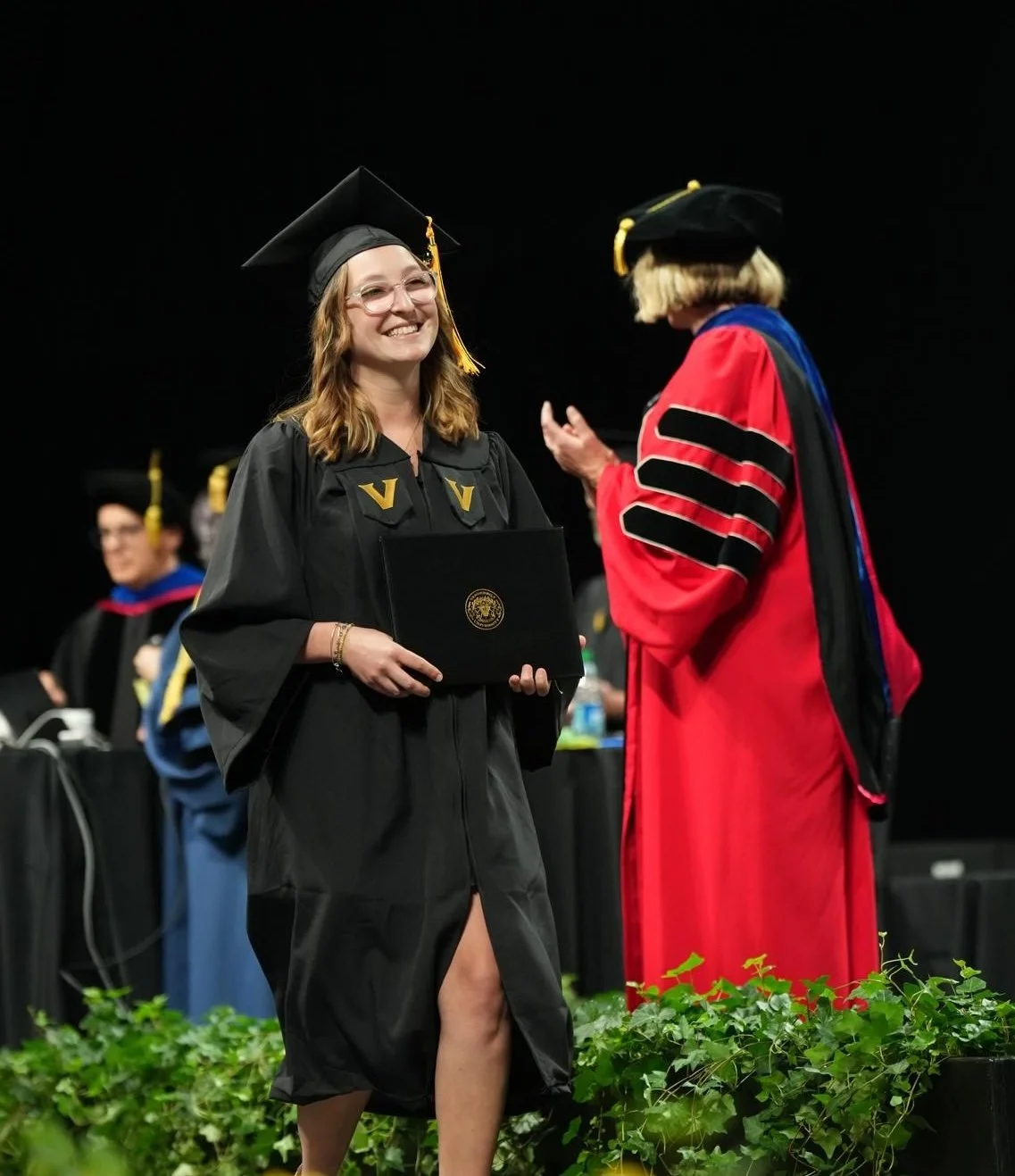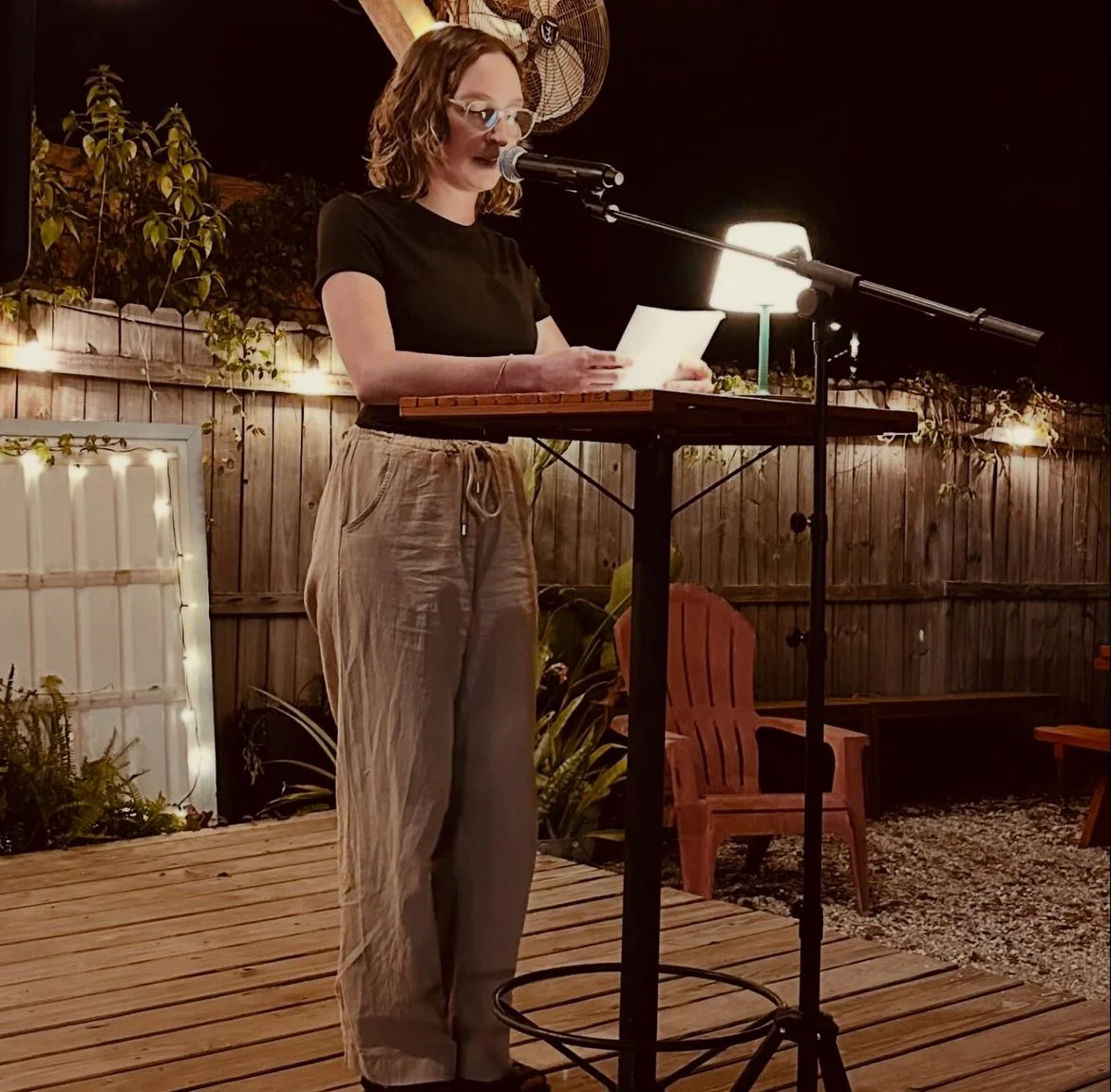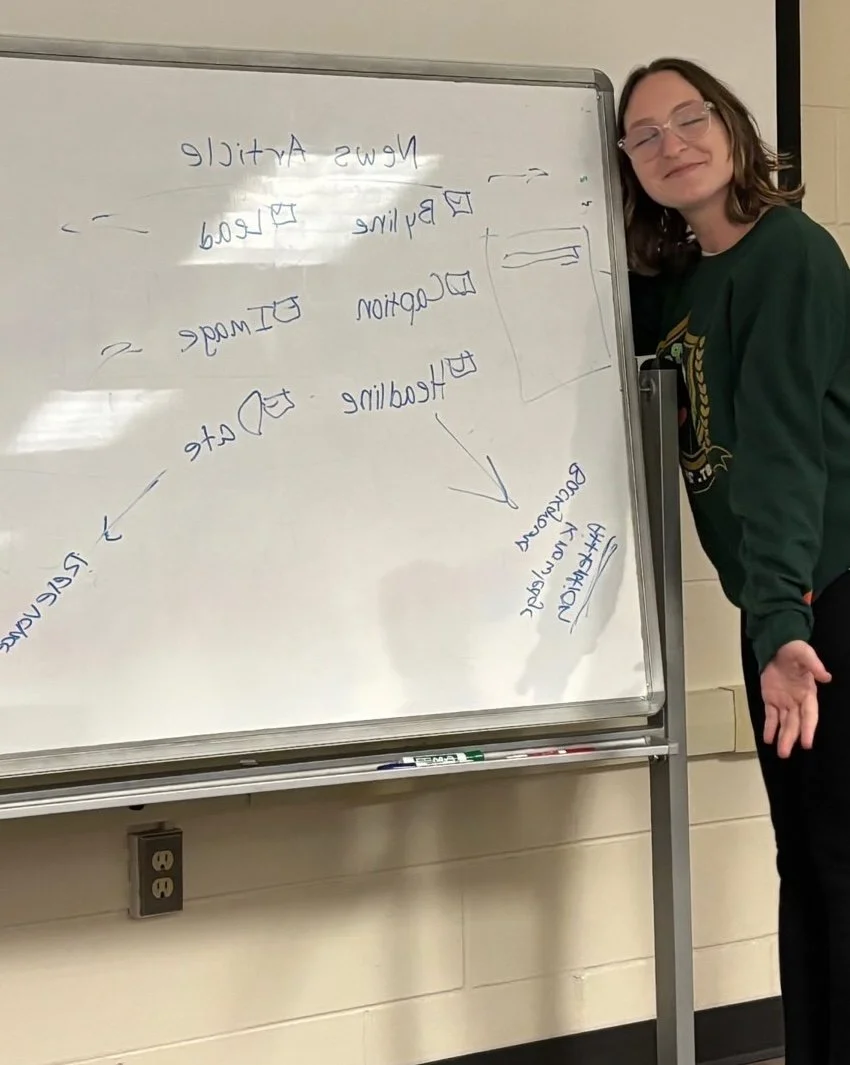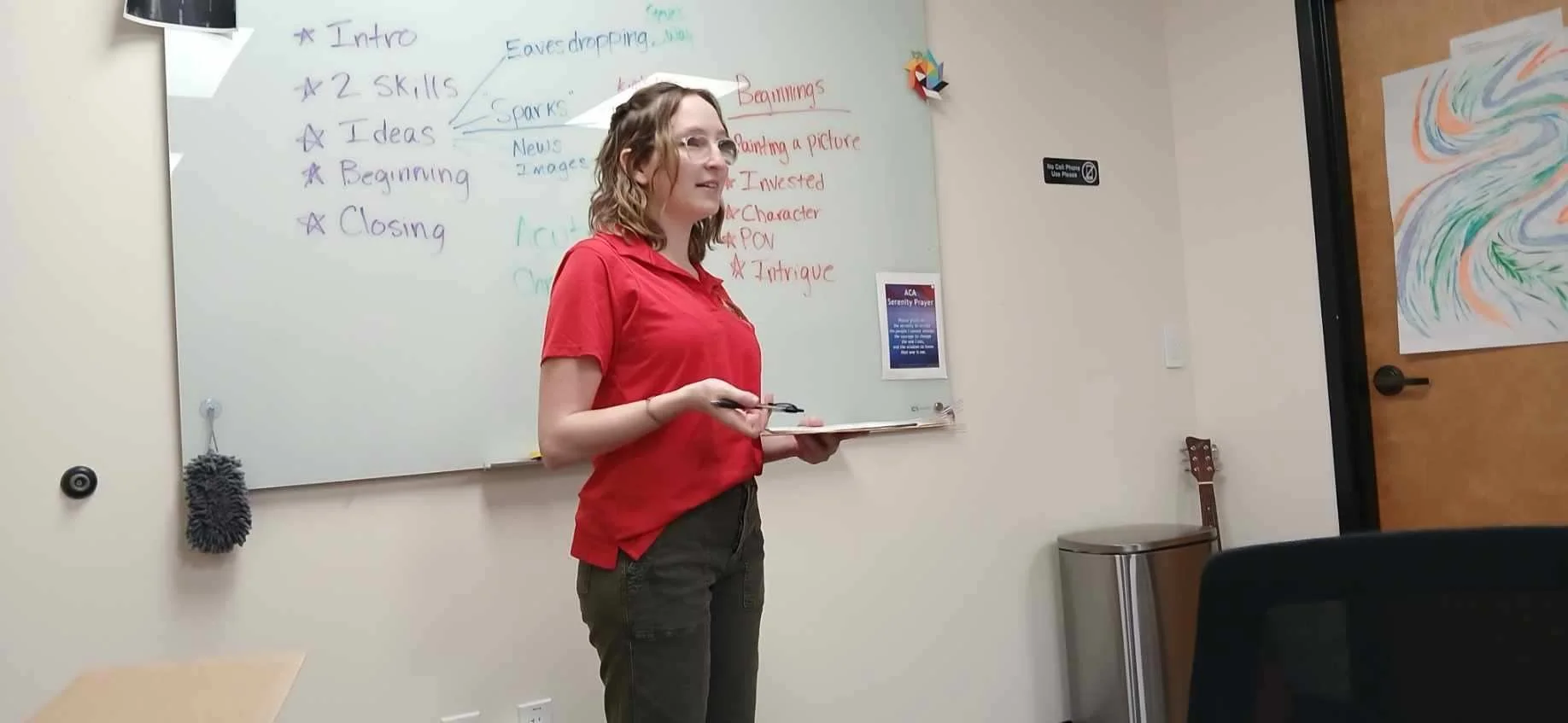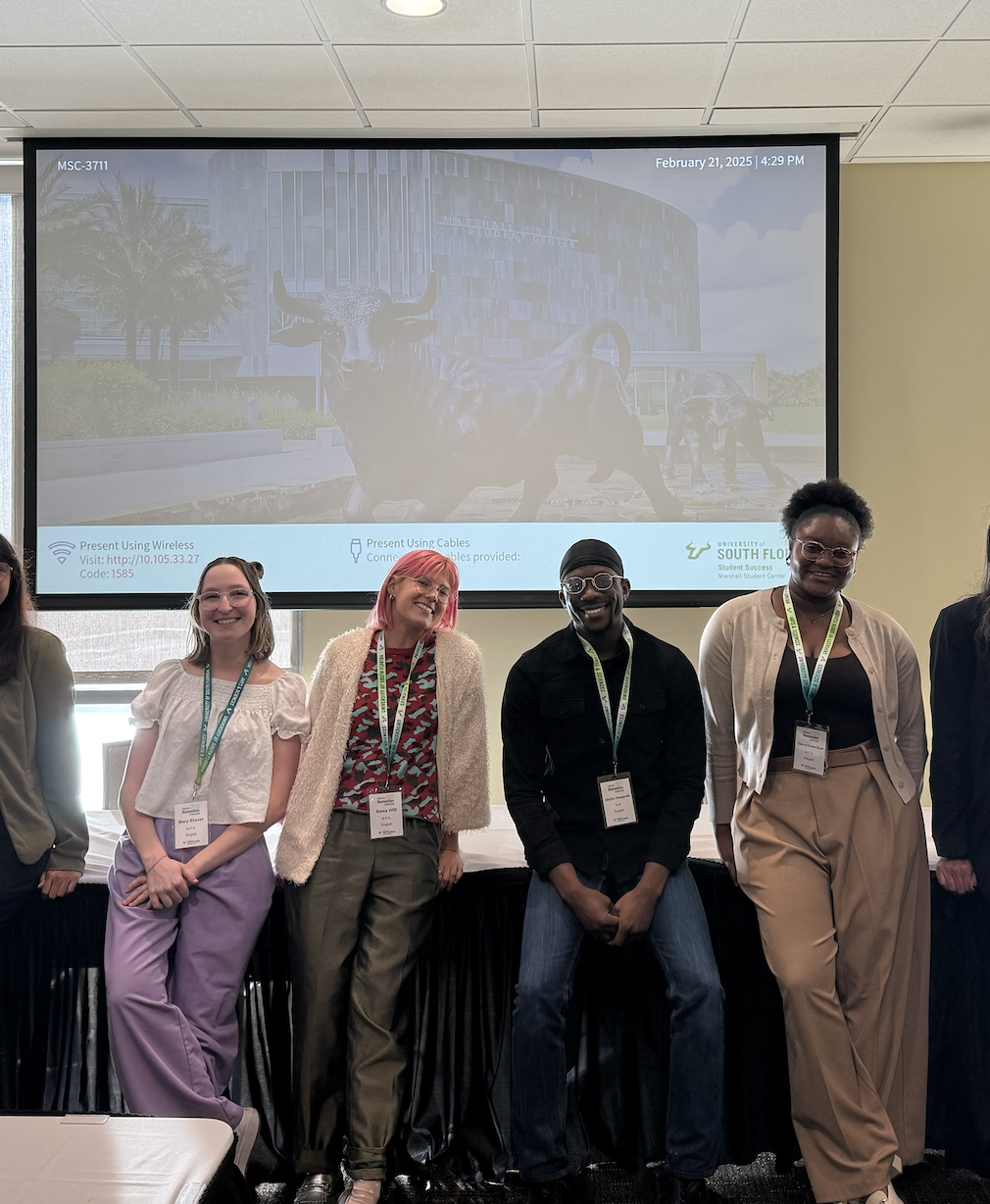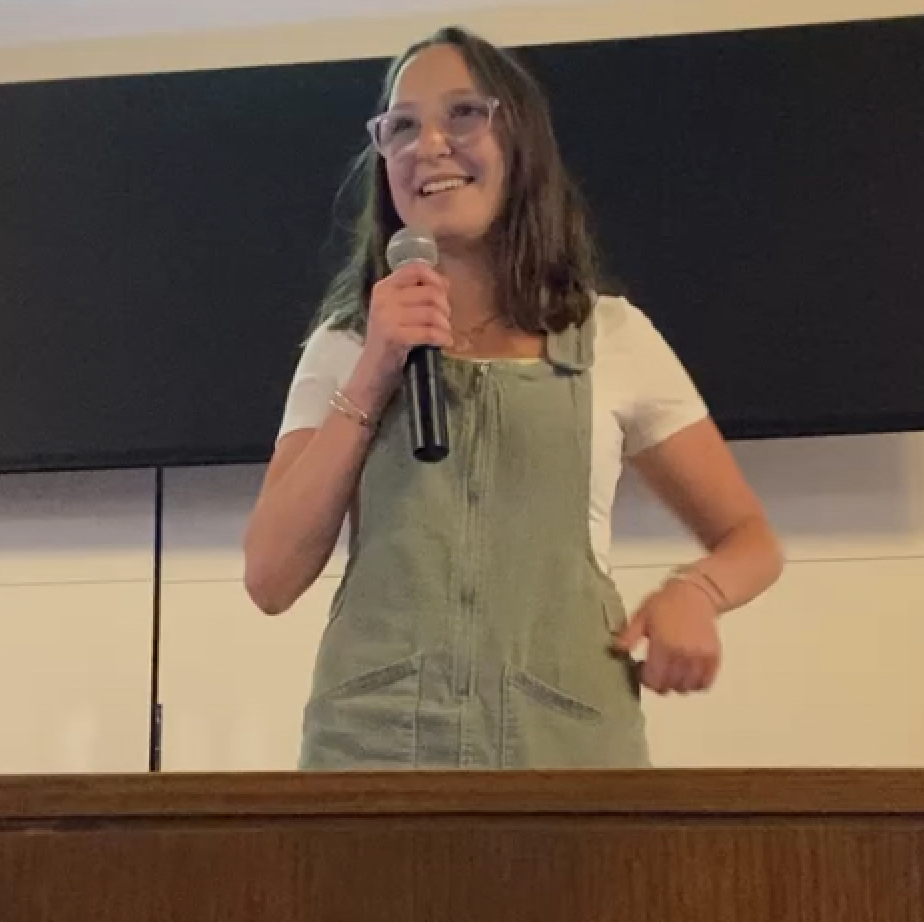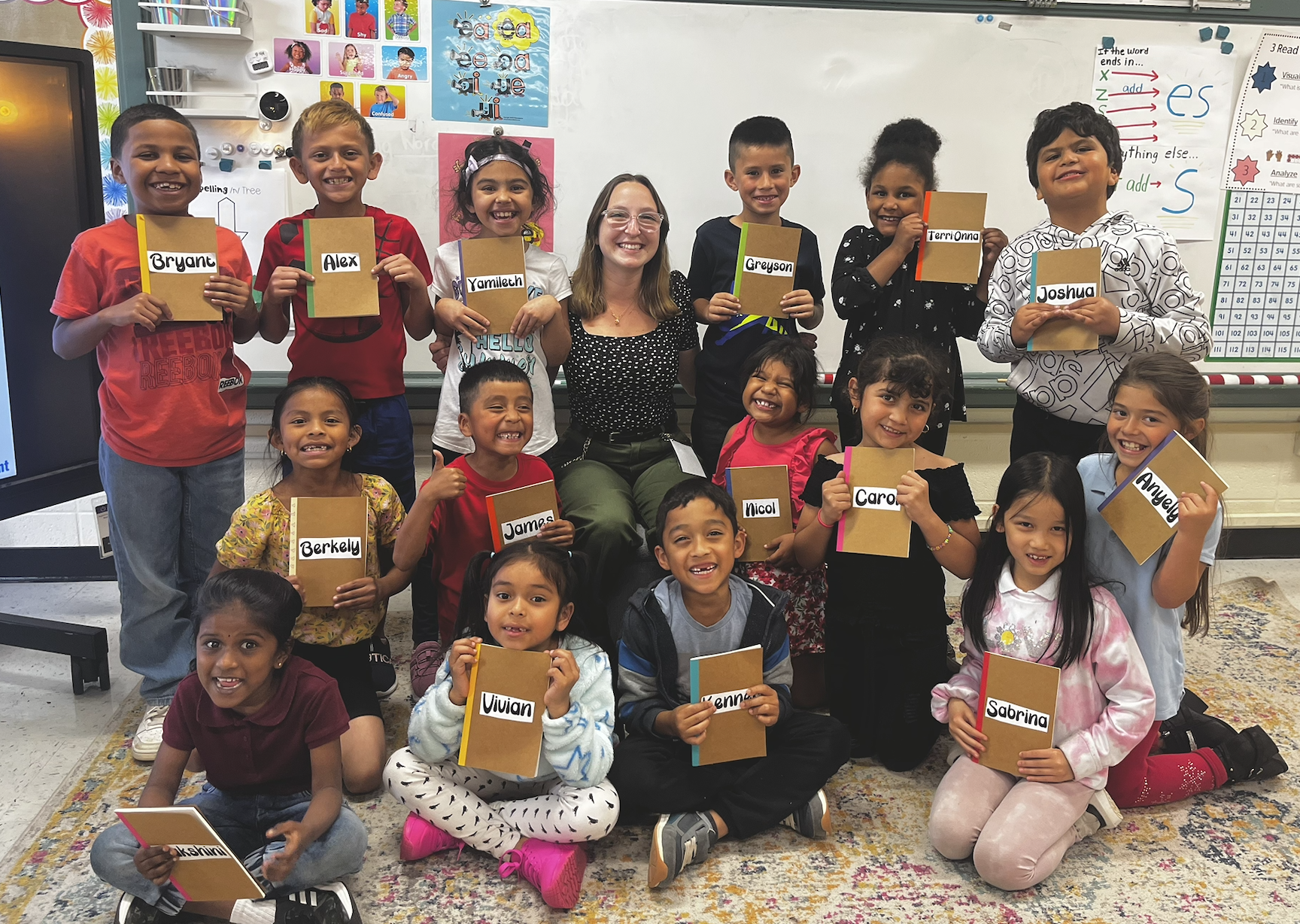Teaching Philosophy
Mary Shaver
Teaching Philosophy
By Mary Shaver
The word curriculum stems from currere, “to run a course or race,” and while I would love to think this is associating curriculum and education with triumphant, finish-line excitement, any runner will tell you that the finish line is the least important part of a race. A race is built in the long stretch between starting and arriving, and I think curriculum works the same way. A good curriculum creates the conditions for steady momentum, challenging students, but avoiding burning out early.
My passion for curriculum design began at fifteen, working summers at a government-funded preschool tucked behind a gas station and a cracked church lot. These kids were the first cohort I oversaw on my own, and I felt this incredible dread as I imagined them facing Kindergarten classrooms in the next two months. Our standard curriculum had not changed since the 90s, and it clearly wasn’t serving these students anymore. I set a goal for myself: these students would know their letters, numbers, and basic reading in the next two months and I would create a curriculum to do this. I stumbled through my first experience with research, designing a two-month, intensive curriculum that ultimately brought all of my students to 100% mastery of their pre-kindergarten skills. And when these twenty-two five-year-olds from historically under-resourced communities entered Kindergarten with a head start in their educational race—with confidence and the belief that they were intelligent—I came to believe curriculum to be the single most important factor in education.
Learning to Learn
Teaching both in local communities and at the University of South Florida I had the chance to fully develop and understand my approach to curriculum. When I taught introductory fiction courses, I encountered a wide variety of attitudes toward writing, and I knew my lesson plans needed to acknowledge both confident writers and writers who were uncertain. In the classroom, it is most important to me to preserve excitement about writing and learning. For this reason, my lessons center deeper understanding. Rather than teaching definitions or concepts in a lecture format, which centers me as the expert, I prefer to demonstrate learning with students, creating community definitions for concepts. For example, instead of simply stating the difference between scene and summary, I brought in passages with examples of both, letting students name the effect of both. In this approach, the understanding comes from their own noticing.
I think frequently about Fink’s Taxonomy of Significant Learning when designing curriculum because it gives me a framework for building steady momentum in a course. I design my courses and lessons with Fink’s Core Components (foundational knowledge, application, integration, human dimension, caring, and learning to learn) as a guide and checklist. These components help me create genuine variety in my lessons. They push me to present a single concept from multiple angles, which allows me to easily differentiate for all students in my classroom. It encourages me to build in opportunities for collaboration, creativity, curiosity, and critical thinking. My goal in every class is to push my students toward significant learning, leaving them with stronger writing skills and a clearer sense of how they think, how they learn, and how they can adapt these learning habits to other courses, other disciplines, and the creative work they will pursue long after the semester ends.
Community Building
Perhaps it is my background in early childhood education, but the idea of “fun” is extremely important in my classroom environment. I believe barriers to learning become permeable when students are in positive states, smiling, even laughing throughout lessons. And for students to feel the permission to have fun, they need to feel comfortable in the community that is my classroom. Writing is often imagined as a solitary act, but in my classroom the process opens outward. Each lesson includes some form of group work whether it be a shared analysis of a passage, a quick exchange of ideas before sharing to the entire class, or a collaborative writing prompt. I teach students to talk about their writing often, to share their thinking with peers, to look for writing partners who will support them outside of class, and to make space for the wide range of voices in the room. It is my belief that they will have ample time for the solitary work of drafting outside of class. During our time together, I focus on giving them a network colleagues and a sense that writing only grows stronger when engaging with others.
The Future of Teaching
As I look toward my future as an educator, I am committed to using the same practices I teach. The skills I develop in my students are the skills I rely on in my own creative and pedagogical work: reading widely, learning from colleagues, experimenting with new approaches, and searching for deeper understanding. I frequently read resources like Teachers & Writers, studying ideas from innovative curriculum designers like me, and I actively contribute my own ideas to that ongoing conversation. After each semester, I return to my notes and annotated lesson plans the same way I’d have my students return to their drafts: recording what succeeded, and what deserves revision. This constant reflection continually guides the next version of the course. I am committed to never teaching the same curriculum year after year. Students change, ideas grow, and education shifts with each new cohort. I want my teaching to remain responsive to those changes. It excites me to know that curriculum is never finished, that the work of shaping it will continue to challenge me and sharpen my sense of what a class can become.
If curriculum is the thing that supports students through the steady “run” that is their educational career, then curriculum design is the thing that sustains me as I continue teaching. Each semester offers a new stretch of terrain that asks me to adjust my stride and this constant work of shaping, revisiting, and innovating is the part of teaching that keeps me engaged. It allows me to grow alongside my students and remain committed to being a forever learner.
✦
"Incredibly helpful in strengthening my writing process!"
✦
"Knowledgeable, patient and kind!"
✦
"Perfect amount of information and encouragement..."
✦
"Very enjoyable and informative!"
✦
"Clear expectations, gives meaningful feedback, and always willing to help!"
✦
✦ "Incredibly helpful in strengthening my writing process!" ✦ "Knowledgeable, patient and kind!" ✦ "Perfect amount of information and encouragement..." ✦ "Very enjoyable and informative!" ✦ "Clear expectations, gives meaningful feedback, and always willing to help!" ✦
Student and Participant Feedback
